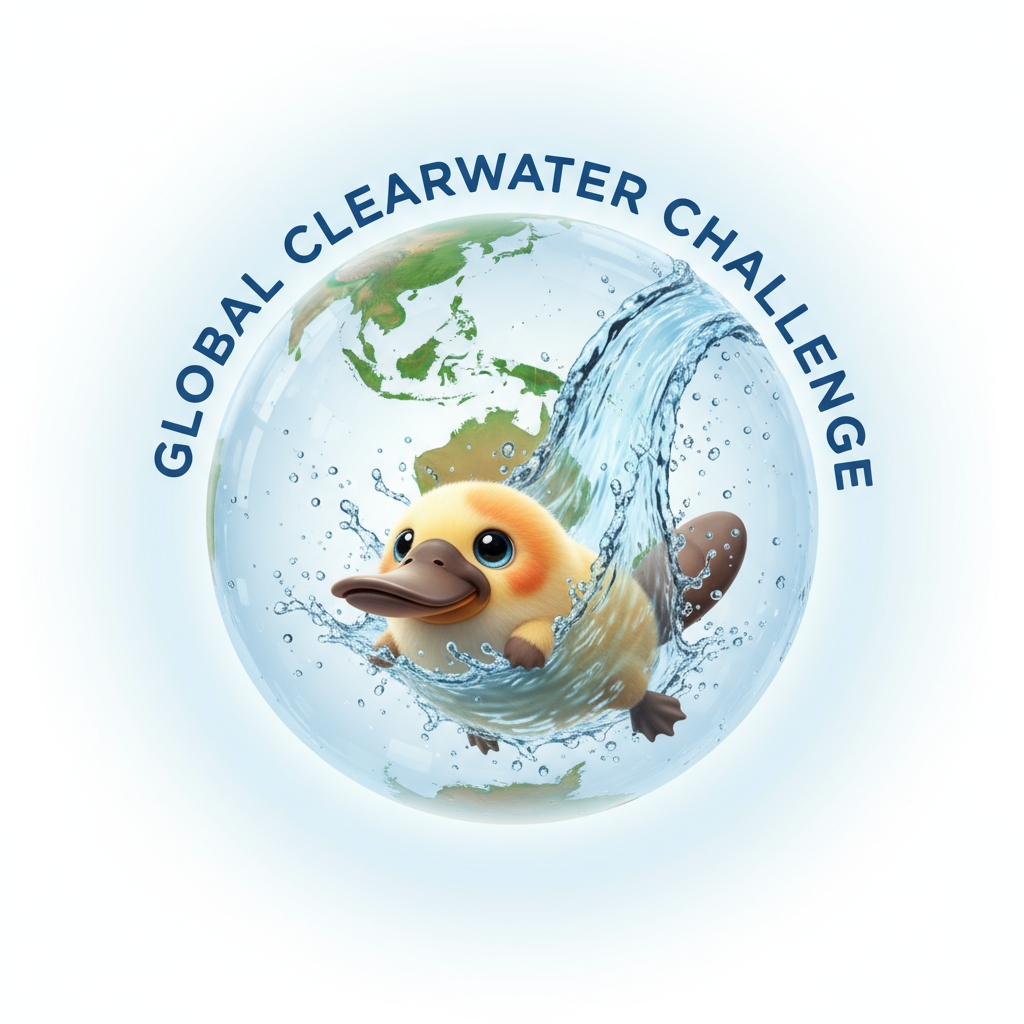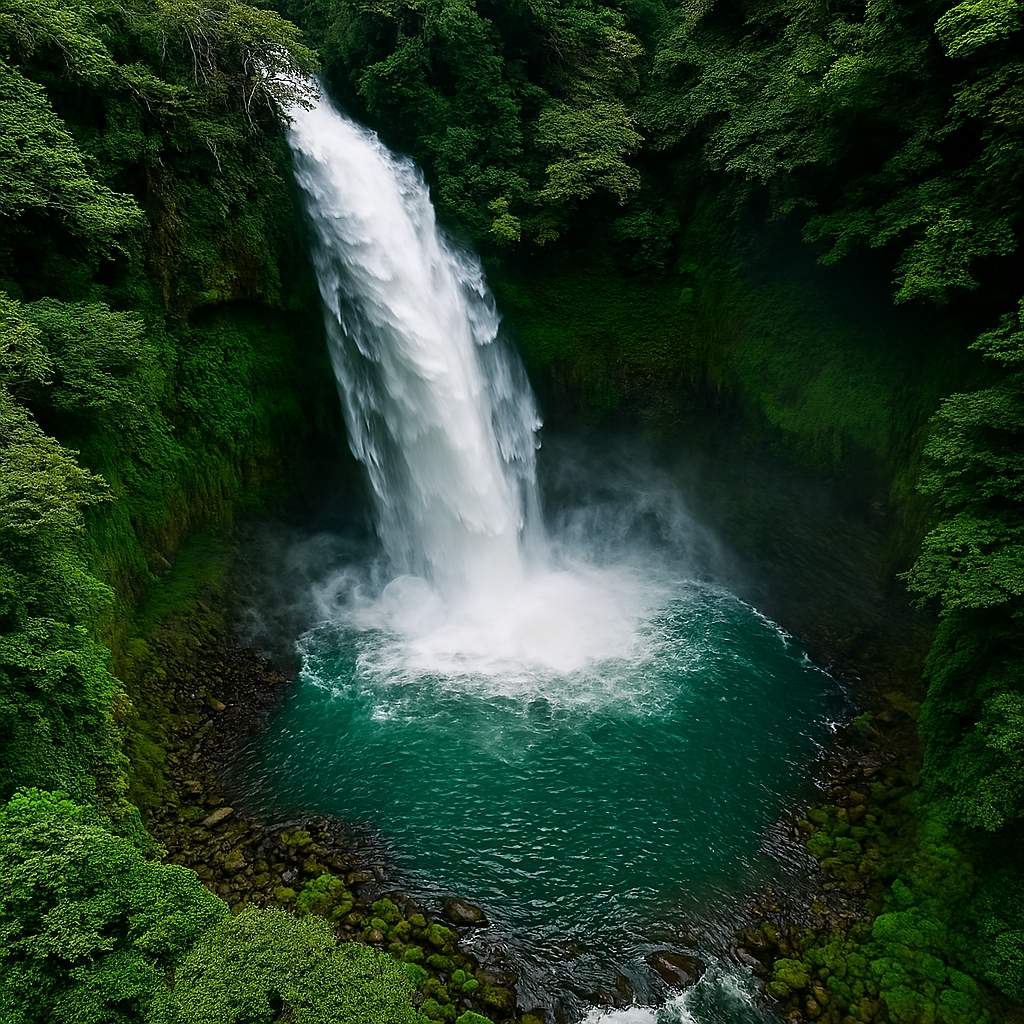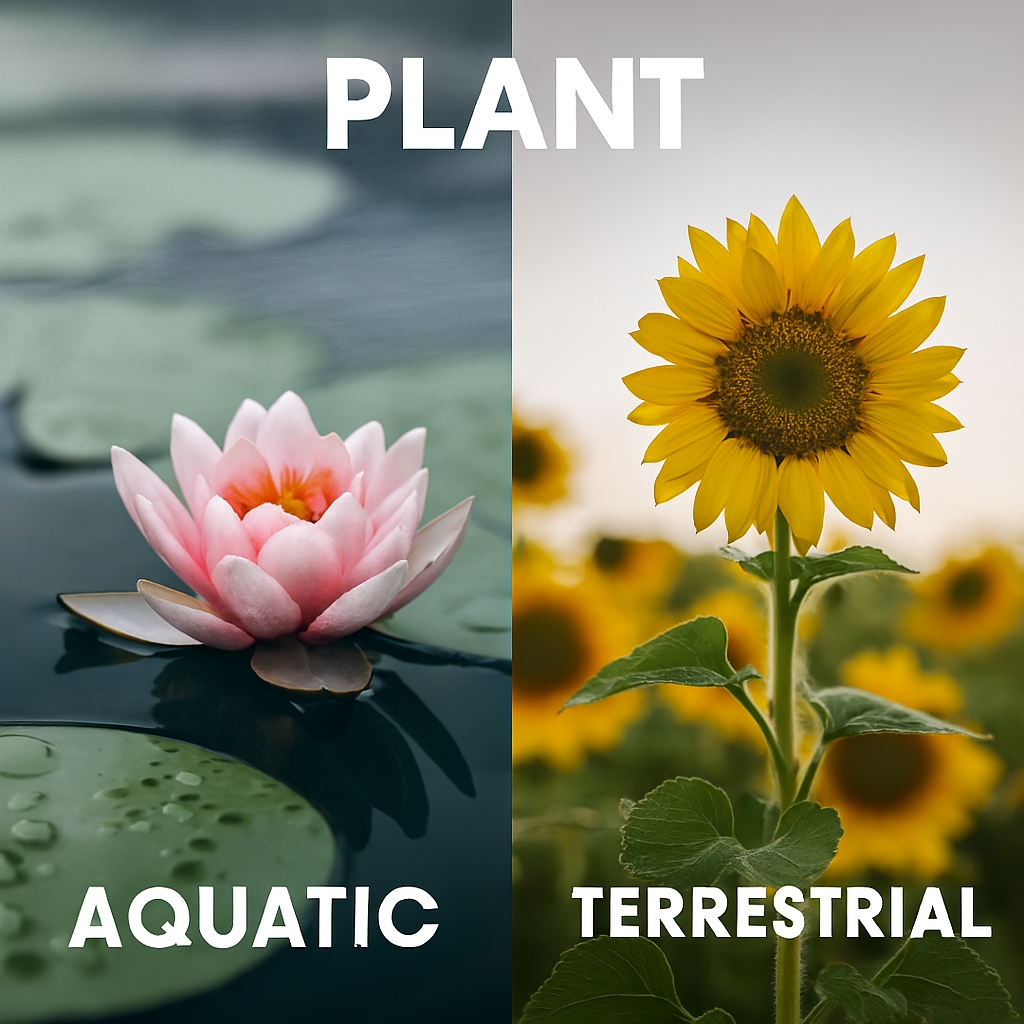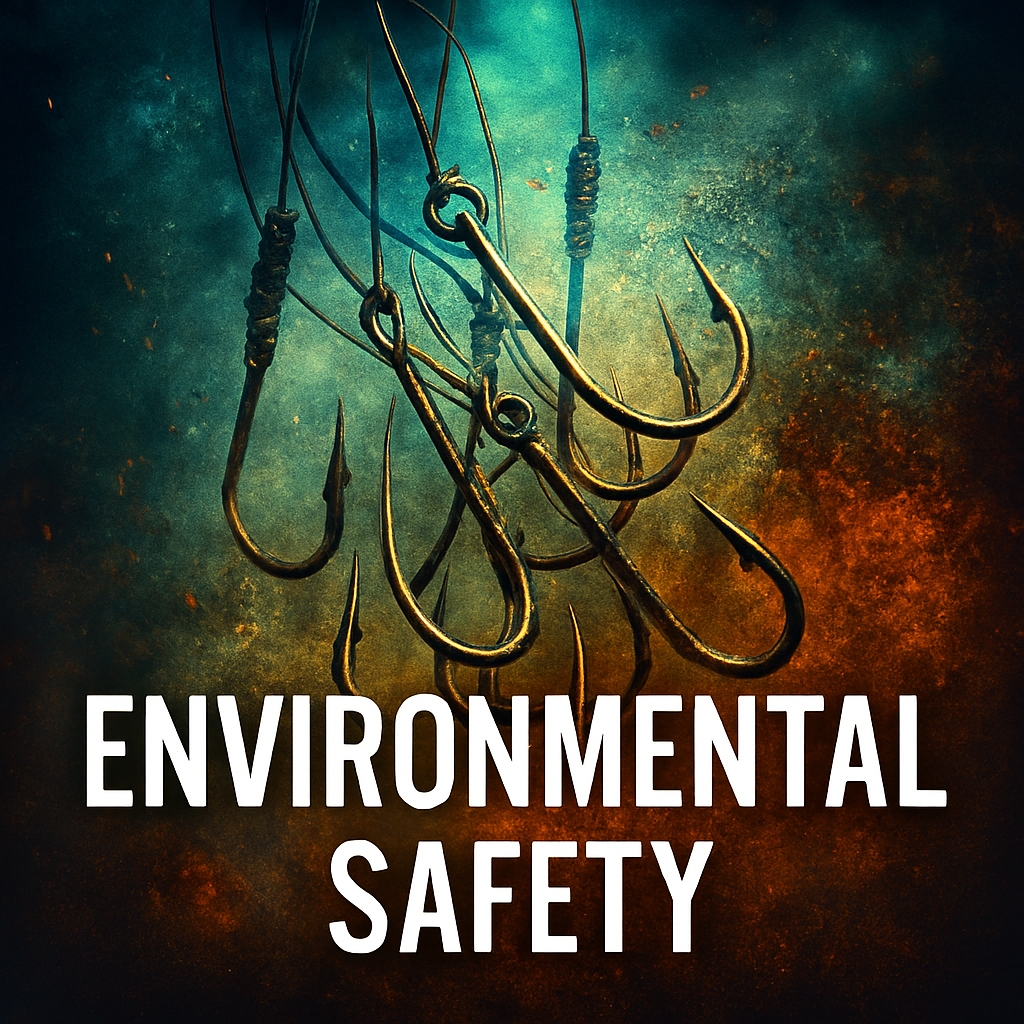Clean Water – Defining Purity, Function, and Ecological Integrity
Ecological Integrity – What Clean Water Really Means
Clean water is not just clear or odorless. It is water that meets specific physical, chemical, and biological standards for safety and ecological function. These standards vary depending on use — drinking, irrigation, recreation, or habitat. Clean water supports life, prevents disease, and sustains ecosystems. It contains balanced levels of dissolved oxygen, nutrients, and minerals. It is free from harmful pathogens, heavy metals, and toxic compounds. Clean water also maintains stable temperature, pH, and turbidity. It reflects both natural purity and engineered treatment. condition.
Physical Clarity – Transparency and Suspended Solids
Physical clarity refers to how transparent water is to light. It is influenced by suspended solids, algae, and sediment. Clean water has low turbidity and high light penetration. Turbidity is measured in nephelometric turbidity units (NTU). Suspended solids include clay, silt, organic matter, and plankton. High turbidity reduces photosynthesis and disrupts aquatic life. Clarity supports visual foraging and oxygen production. Clean water maintains sediment stability and low particulate load. Clarity is not just aesthetic — it is functional. Transparency reveals the structure beneath.
Turbidity and Suspended Solids in Clean Water
| Parameter | Ideal Range for Clean Water | Ecological Impact |
|---|---|---|
| Turbidity (NTU) | 0–5 NTU | Supports photosynthesis and visibility |
| Suspended Solids | < 30 mg/L | Prevents sedimentation and clogging |
| Light Penetration | > 1 meter depth | Enables aquatic plant growth |
Chemical Balance – pH, Salinity, and Hardness
Clean water maintains chemical equilibrium across multiple parameters. pH measures acidity or alkalinity, with clean water typically between 6.5 and 8.5. Salinity reflects dissolved salts, which vary by ecosystem. Hardness indicates calcium and magnesium concentration. Chemical balance supports biological processes and infrastructure longevity. Extreme pH or salinity harms aquatic organisms and corrodes pipes. Clean water avoids chemical spikes from runoff or industrial discharge. It also resists acidification and mineral overload. Chemical stability is essential for water usability. Clean water is chemically calm.
Chemical Parameters of Clean Water
| Parameter | Ideal Range | Functional Role |
|---|---|---|
| pH | 6.5–8.5 | Supports enzyme activity and habitat health |
| Salinity | < 0.5 ppt (freshwater) | Prevents osmotic stress in organisms |
| Hardness | 60–120 mg/L CaCO₃ | Protects plumbing and supports shell growth |
Dissolved Oxygen – Breathable Water
Dissolved oxygen (DO) is essential for aquatic respiration. Clean water contains sufficient oxygen for fish, invertebrates, and microbes. DO levels fluctuate with temperature, flow, and photosynthesis. Low oxygen causes hypoxia and fish kills. Clean water maintains DO above 5 mg/L. Oxygen supports decomposition, nutrient cycling, and biodiversity. Protected vegetation enhances oxygenation through photosynthesis. DO is measured in milligrams per liter. Clean water breathes through its biology. Oxygen is life in liquid form.
Dissolved Oxygen in Clean Water
| Parameter | Ideal Range | Biological Role |
|---|---|---|
| Dissolved Oxygen | > 5 mg/L | Supports respiration and decomposition |
| Saturation (%) | 80–120% | Indicates healthy gas exchange |
| Temperature Influence | Cooler water holds more oxygen | Enhances resilience and metabolic stability |
Pathogen-Free – Microbial Safety
Clean water is free from harmful pathogens. These include bacteria, viruses, and protozoa that cause disease. Common indicators are E. coli, coliforms, and Giardia. Pathogen-free water prevents gastrointestinal illness and infection. Water is tested using microbial assays and culture methods. Clean water shows zero detectable pathogens per 100 mL. Disinfection methods include chlorination, UV, and filtration. Microbial safety is critical for drinking and recreation. Clean water is biologically secure. It protects health invisibly.
Microbial Indicators in Clean Water
| Pathogen | Detection Threshold | Health Risk |
|---|---|---|
| E. coli | 0 CFU/100 mL | Indicates fecal contamination |
| Total Coliforms | < 1 CFU/100 mL | Signals microbial presence |
| Giardia | Not detectable | Causes intestinal illness |
Nutrient Levels – Balanced Fertility Without Overload
Clean water contains nutrients in concentrations that support life without triggering imbalance. Nitrogen and phosphorus are essential for plant growth but dangerous in excess. Elevated nutrient levels cause eutrophication, algal blooms, and oxygen depletion. Clean water maintains nitrogen below 1 mg/L and phosphorus below 0.1 mg/L. These thresholds prevent runaway productivity and preserve clarity. Nutrient balance supports aquatic vegetation without smothering diversity. Sources of excess nutrients include agriculture, sewage, and stormwater runoff. Clean water reflects controlled inputs and natural cycling. Nutrient levels are monitored through chemical assays and biological indicators. Fertility must be functional, not excessive.
Nutrient Standards in Clean Water
| Nutrient | Ideal Concentration | Risk if Exceeded |
|---|---|---|
| Total Nitrogen | < 1.0 mg/L | Algal blooms and oxygen depletion |
| Total Phosphorus | < 0.1 mg/L | Eutrophication and biodiversity loss |
| Ammonia (NH₃) | < 0.02 mg/L | Toxic to fish and invertebrates |
Temperature Stability – Thermal Conditions That Support Life
Clean water maintains temperature within ranges suitable for aquatic organisms. Temperature affects oxygen solubility, metabolic rates, and species distribution. Sudden thermal shifts can cause stress or mortality. Clean water avoids thermal pollution from industrial discharge or deforestation. Ideal temperatures vary by ecosystem but generally range from 10°C to 25°C. Cooler water holds more oxygen and supports sensitive species. Vegetation and canopy cover help regulate thermal conditions. Temperature is measured continuously in managed systems. Stability supports reproduction, feeding, and migration. Clean water is thermally consistent.
Temperature Guidelines for Clean Water
| Parameter | Ideal Range | Ecological Function |
|---|---|---|
| Surface Temperature | 10–25°C (temperate freshwater) | Supports oxygenation and metabolic balance |
| Thermal Fluctuation | < 5°C daily variation | Prevents stress and mortality |
| Seasonal Adaptation | Gradual change over months | Enables life cycle transitions |
Toxic Compounds – Absence of Harmful Chemicals
Clean water is free from synthetic toxins and industrial pollutants. These include pesticides, hydrocarbons, solvents, and endocrine disruptors. Toxic compounds interfere with reproduction, immunity, and development. Clean water shows non-detectable levels of persistent organic pollutants (POPs). Sources include agriculture, mining, and urban runoff. Detection requires advanced chemical analysis and bioassays. Clean water supports health across trophic levels. It avoids bioaccumulation and long-term exposure risks. Toxins must be absent, not just diluted. Purity means chemical safety.
Toxic Compounds in Clean Water
| Compound Type | Detection Threshold | Health Impact |
|---|---|---|
| Pesticides | < 0.01 µg/L | Hormonal disruption and reproductive harm |
| Hydrocarbons | Not detectable | Carcinogenic and mutagenic effects |
| Industrial Solvents | < 0.005 µg/L | Neurological and immune system damage |
Metal Concentrations – Safe Levels of Heavy Elements
Clean water contains metals only in trace, non-toxic concentrations. Metals like lead, mercury, and cadmium are harmful even at low levels. Clean water maintains lead below 0.01 mg/L and mercury below 0.001 mg/L. These thresholds prevent neurological, renal, and developmental damage. Metals enter water through mining, industry, and corroded infrastructure. Detection involves atomic absorption and mass spectrometry. Clean water avoids bioaccumulation in fish and sediment. It supports safe drinking, recreation, and habitat. Metals must be monitored continuously. Clean water is chemically clean.

Heavy Metal Standards in Clean Water
| Metal | Safe Concentration | Source and Risk |
|---|---|---|
| Lead (Pb) | < 0.01 mg/L | Plumbing corrosion, neurotoxicity |
| Mercury (Hg) | < 0.001 mg/L | Industrial runoff, developmental harm |
| Cadmium (Cd) | < 0.003 mg/L | Mining waste, kidney damage |
Ecological Indicators – Signs of System Health
Clean water supports diverse, sensitive aquatic organisms. Indicator species include macroinvertebrates, fish, and algae. Their presence reflects stable oxygen, nutrients, and habitat. Clean water shows high biodiversity and low dominance by tolerant species. Biotic indices measure richness, abundance, and functional traits. Systems with mayflies, stoneflies, and caddisflies indicate purity. Clean water supports balanced food webs and trophic structure. Ecological indicators complement chemical testing. Life reveals what chemistry cannot. Clean water is biologically vibrant.
Biological Indicators of Clean Water
| Indicator Group | Presence in Clean Water | Ecological Meaning |
|---|---|---|
| Mayflies (Ephemeroptera) | High abundance and diversity | Sensitive to pollution and low oxygen |
| Stoneflies (Plecoptera) | Require cold, oxygen-rich water | Indicate pristine conditions |
| Caddisflies (Trichoptera) | Build cases and filter particles | Reflect stable substrate and flow |
Taste and Odor – Sensory Neutrality
Clean water has no offensive taste or odor. It should be free from chlorine, sulfur, algae, and metallic flavors. Sensory neutrality reflects chemical and microbial purity. Taste and odor are influenced by dissolved gases, organics, and treatment residues. Clean water smells fresh and tastes neutral. Detection involves sensory panels and chemical profiling. Odor thresholds are measured in threshold odor number (TON). Taste is subjective but guided by standard protocols. Clean water is sensed as clean. Purity is perceptible.
Sensory Characteristics of Clean Water
| Sensory Trait | Ideal Condition | Source of Deviation |
|---|---|---|
| Taste | Neutral, no aftertaste | Chlorine, metals, organics |
| Odor | Fresh or odorless | Sulfides, algae, microbial activity |
| Color | Clear, colorless | Iron, tannins, sediment |
Filtration Capacity – Ability to Remove Impurities
Clean water can be achieved through effective filtration. Filtration removes particles, microbes, and chemicals. Methods include sand, membrane, and activated carbon filters. Clean water passes through multiple filtration stages. Each stage targets specific contaminants. Filtration is measured by pore size and removal efficiency. Clean water shows low turbidity and pathogen absence post-filtration. Filtration supports drinking, irrigation, and industrial use. It is both a process and a standard. Clean water is filtered to function.
Filtration Metrics for Clean Water
| Filter Type | Target Contaminants | Efficiency Range |
|---|---|---|
| Sand Filter | Sediment and suspended solids | 80–95% removal |
| Membrane Filter | Microbes and fine particles | >99% removal |
| Activated Carbon | Organics and taste/odor compounds | 85–98% removal |
Flow Dynamics – Movement That Maintains Quality
Clean water flows in patterns that support oxygenation and sediment stability. Stagnant water promotes microbial growth and nutrient accumulation. Flow dynamics influence temperature, clarity, and habitat structure. Clean water shows moderate velocity and turbulence. Flow supports mixing, gas exchange, and pollutant dispersion. Vegetation and substrate shape flow patterns. Clean systems avoid channelization and artificial stagnation. Flow is measured in cubic meters per second and velocity profiles. Movement sustains purity. Clean water is never still for long.
Flow Characteristics of Clean Water
| Flow Parameter | Ideal Range | Ecological Function |
|---|---|---|
| Velocity | 0.1–0.5 m/s (streams) | Supports oxygenation and sediment transport |
| Discharge | Stable seasonal variation | Prevents flooding and drought stress |
| Turbulence | Moderate mixing | Enhances gas exchange and clarity |
Source Integrity – Origins That Define Purity
Clean water begins with a reliable, uncontaminated source. Natural sources include groundwater aquifers, protected catchments, and spring-fed rivers. Source integrity depends on land use, geology, and upstream management. Clean water sources are shielded from industrial, agricultural, and urban runoff. Protected catchments reduce the need for intensive treatment. Groundwater offers mineral stability and microbial safety. Surface water requires more filtration but supports ecological diversity. Source integrity is assessed through hydrological mapping and contaminant tracking. Clean water starts with clean origins. Purity begins upstream.
Source Types and Their Integrity
| Source Type | Purity Potential | Common Risks |
|---|---|---|
| Groundwater Aquifer | High mineral stability and low pathogens | Nitrate contamination from agriculture |
| Protected Catchment | Low human impact and stable flow | Bushfire runoff and erosion |
| Surface Water | Ecologically rich but variable quality | Algal blooms and sediment load |
Treatment Processes – Engineering Cleanliness
Clean water often requires treatment to meet safety standards. Treatment includes coagulation, sedimentation, filtration, and disinfection. Each step removes specific contaminants and stabilizes chemistry. Coagulation binds particles into flocs for removal. Filtration eliminates solids and microbes. Disinfection kills pathogens using chlorine, ozone, or UV. Advanced systems include activated carbon and reverse osmosis. Treatment is tailored to source and intended use. Clean water is engineered with precision. Purity is built through process.

Common Water Treatment Stages
| Stage | Function | Target Contaminants |
|---|---|---|
| Coagulation | Clumps fine particles for removal | Clay, silt, organic matter |
| Filtration | Removes solids and microbes | Bacteria, protozoa, sediment |
| Disinfection | Kills pathogens | Viruses, E. coli, Giardia |
Infrastructure Compatibility – Safe Distribution Systems
Clean water must travel through safe infrastructure. Pipes, tanks, and pumps must resist corrosion and contamination. Materials include stainless steel, PVC, and concrete. Infrastructure must prevent backflow and cross-contamination. Clean systems use pressure regulation and leak detection. Aging infrastructure can leach metals or harbor biofilms. Compatibility ensures water stays clean from source to tap. Maintenance and upgrades are essential. Clean water flows through clean systems. Distribution is part of purity.
Infrastructure Standards for Clean Water
| Component | Material | Risk if Compromised |
|---|---|---|
| Pipes | PVC, stainless steel | Lead leaching, microbial growth |
| Storage Tanks | Concrete, polyethylene | Algae blooms, sediment accumulation |
| Valves and Pumps | Corrosion-resistant alloys | Pressure loss, contamination |
Aquatic Life Support – Sustaining Biodiversity
Clean water supports diverse aquatic organisms. It provides oxygen, stable temperature, and balanced nutrients. Sensitive species thrive only in clean conditions. Biodiversity reflects water quality and ecosystem health. Fish, amphibians, and invertebrates require specific chemical ranges. Clean water avoids toxic spikes and oxygen crashes. Vegetation and substrate enhance habitat structure. Life flourishes where water is stable and safe. Aquatic life is the living proof of purity. Clean water sustains more than humans.
Water Quality Requirements for Aquatic Life
| Species Group | Key Needs | Sensitivity Level |
|---|---|---|
| Fish | DO > 5 mg/L, pH 6.5–8.5 | Moderate to high |
| Amphibians | Low pollutants, stable temperature | High sensitivity |
| Macroinvertebrates | Clear water, low nutrients | Indicator species for purity |
Recreational Safety – Water That Welcomes Contact
Clean water is safe for swimming, boating, and fishing. It contains no pathogens, toxins, or irritants. Recreational standards focus on microbial and chemical thresholds. E. coli must be undetectable in designated swim zones. Algal toxins must be absent or below safe limits. Clarity and temperature affect visibility and comfort. Clean water supports safe immersion and contact. Monitoring ensures compliance with health guidelines. Recreation depends on trust. Clean water invites participation.
Recreational Water Safety Standards
| Parameter | Safe Threshold | Risk if Exceeded |
|---|---|---|
| E. coli | 0 CFU/100 mL | Gastrointestinal illness |
| Algal Toxins | < 1 µg/L (microcystin) | Skin irritation, liver damage |
| Turbidity | < 5 NTU | Visibility and safety |
Long-Term Monitoring – Tracking Purity Over Time
Clean water is verified through continuous monitoring. Parameters include turbidity, pH, DO, nutrients, and pathogens. Sensors and sampling programs detect changes and trends. Monitoring identifies pollution sources and treatment needs. It supports adaptive management and public reporting. Long-term data builds trust and accountability. Clean water is not a one-time achievement. It requires vigilance and transparency. Monitoring turns purity into practice. Data sustains integrity.
Monitoring Tools for Clean Water
| Tool Type | Function | Frequency |
|---|---|---|
| In-Situ Sensors | Real-time measurement of key parameters | Continuous |
| Grab Sampling | Laboratory analysis of water samples | Weekly to monthly |
| Remote Sensing | Detects surface changes and algal blooms | Seasonal or event-based |
Conclusion – Clean Water as System and Signal
Clean water is not just a product — it is a system. It reflects upstream integrity, treatment precision, and ecological balance. It supports health, biodiversity, and resilience. Clean water is measured, monitored, and maintained. It is shaped by chemistry, biology, and infrastructure. Purity is not passive — it is engineered and protected. Clean water signals trust in public systems and ecological stewardship. It is the foundation of life and the mirror of care. Every drop carries structure, history, and responsibility. Clean water is clarity with consequence.
Join the Discussion – What Does Clean Water Mean in Your System
How do you define clean water in your ecological, editorial, or technical practice? Which indicators do you trust most — chemical, biological, or sensory? What upstream decisions shape the purity of your local water sources? How do you teach others to see water as structured, monitored, and alive? What does clean water reveal about infrastructure, equity, and ecological memory?
#CleanWaterDefined #WaterQualityMatters #EcologicalPurity #MeasuredClarity #DissolvedOxygen #NutrientBalance #PathogenFree #SourceIntegrity #FiltrationStandards #AquaticHealth #InfrastructureAndWater #RecreationalSafety #ChemicalCalm #WaterMonitoring #HydrologicalTrust













Leave a Reply